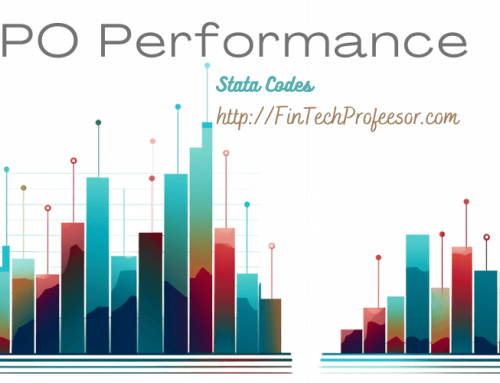 Project Details
Project Details
This project involved writing codes to replicate the methodology of Florackis et al. (2011), “Trading frequency and asset pricing on the London Stock Exchange: Evidence from a new price impact ratio”. The authors develop a new measure of stock’s liquidity, which they call “price impact ratio. This measure is presented as an alternative to the widely used new price impact ratio as an alternative to the widely used Amihud’s (2002) Return-to-Volume ratio. The paper forms portfolios on price impact ratios using different approaches, and then finds risk-adjusted residual returns of these portfolios using a variety of asset pricing models. The authors find that it is the compound effect of trading frequency and transaction costs that matters for asset pricing, not each aspect in isolation.
 Our Stata Code
Our Stata Code
We have developed easy to use yet robust codes for the above steps. The codes need just a basic understanding of Stata. Further, our comments on each line of code will surely help you in running the code as well as in understanding the process more clearly. We normally share all Stata files, the raw data files, and Stata codes with comments. The purpose is to help researchers to learn and apply these codes on their own. We also try to answer questions that might arise at a later stage when the researcher applies these codes.
 Pricing
Pricing
The code is available for $100 per table with some example data. For further details, please contact us at:
![]()
attaullah.shah@imsciences.edu.pk
Stata.Professor@gmail.com
 References
References
Amihud, Y. (2002). Illiquidity and stock returns: cross-section and time-series effects. Journal of financial markets, 5(1), 31-56.
Florakis, C., Giorgioni, G., Kostakis, A., & Milas, C. (2012). The Impact of Stock Market Illiquidity on Real UK GDP Growth (No. 65_12).






Leave A Comment